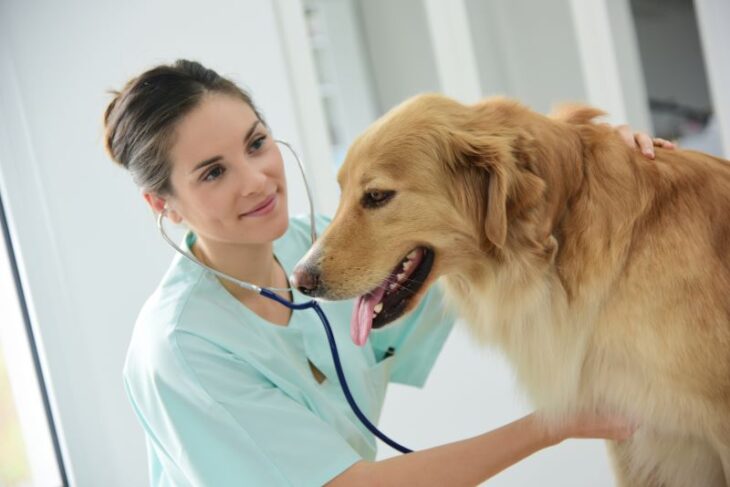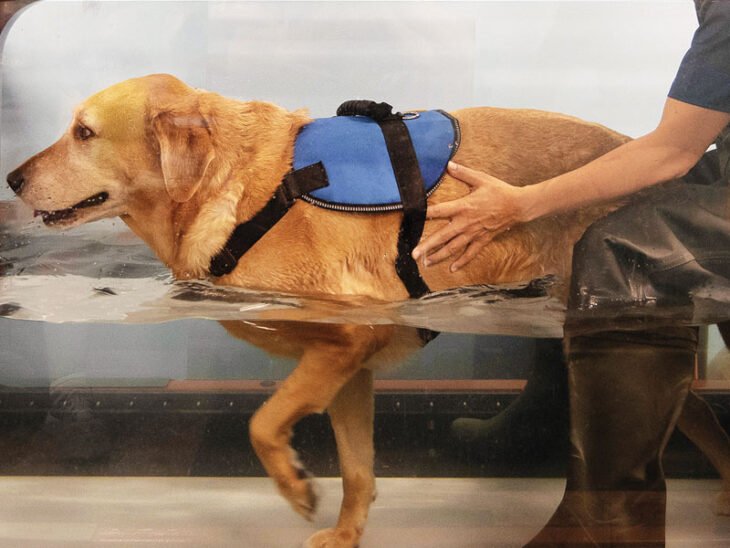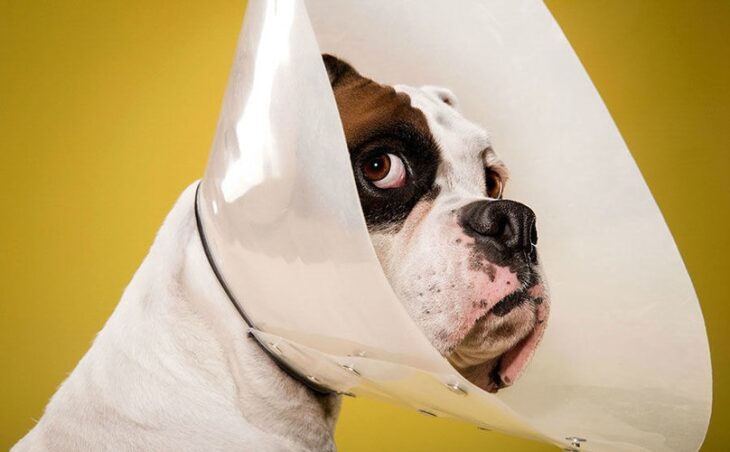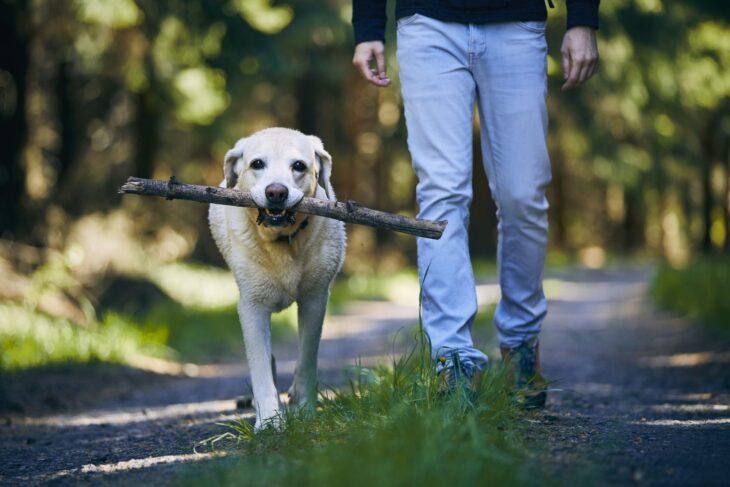The right way to take care of your dog is to find ways to solve issues. As one might expect, it’s quite common for dogs to go into surgery. But the real challenge is to look after our pets after the surgery. There are many ways to recover after being under the knife. For our dogs, it’s about giving them love and attention.
But if you’re indeed wondering how to speed up the recovery process after surgery, here are the 6 tips and tricks you need to know about.
Contents
1. Never Miss A Medication Schedule

Source: petpartners.com
The first and most important tip is to always adhere to the medicine schedule your vet has told you about. Medication is the only way for your canine to recover after surgery. No doubt some of the medication has to do with managing pain.
Being under the knife is not only painful but quite unpleasant. Your pet isn’t used to being in this state, and you have to do everything you can to make them more comfortable.
But this first tip has to do with making sure the recovery process goes smoothly. The only way to do that is with medication.
2. No Physical Activity

Source: pawspt.com
Recovering after surgery means no physical activity. While this might sound strange for dogs, fear not as their bodies will not allow it. Depending on the type of surgery, some recovery processes do allow physical activity. The most unique case where physical activity is important for recovery is after arthritis surgery.
For that, you can use a dog underwater treadmill. Treadmills are great for this type of recovery, and they can be useful for many others. But in most surgery cases, a dog underwater treadmill will not work – more on that later on.
So, depending on the type of surgery, you will most likely have to keep your dog inactive. If they decide to run straight after the surgery, they will do more harm than good. But, allow us to emphasize again; it depends on the type of surgery.
3. Wound Management

Source: Pinterest.com
After surgery, your dog will have an incision that needs taking care of. The right way to care for them is to monitor the incision and make sure it doesn’t catch an infection. More so, you need to monitor for other symptoms like redness, swelling, bleeding, and other types of inflammation.
Your vet will give you proper instructions on how to manage the incision, what remedies to apply, etc. Even if your vet recommends a dog underwater treadmill to get up to speed, you will still need to manage the wound. If you’re looking for dog underwater treadmills for sale, then look no further than the treadmills at MeCan Medical.
4. Emotional Management

Source: thesprucepets.com
Looking after their physical health is one thing, but their emotional health is even more important. Your dog’s emotions will be all over the place after surgery. As mentioned previously, they are not used to this feeling. They have never experienced something like this and they didn’t have a say in it.
So no doubt they will feel different afterward. While looking after their physical health is one thing, you absolutely have to make sure your dog is in the right frame of mind. A lot depends on their emotional health. If they have arthritis and need to go into surgery, then you have to treat them like family afterward. Sending them to the dog underwater treadmill is one thing, but carrying for their emotional state is a completely different task and challenge.
5. Give the Cone A Try

Source: barkpost.com
One thing that you absolutely have to do is give your dog the cone of shame. You might be wondering why everyone talks about the cone and why it is so important. Well, the reason is actually quite logical.
As we’ve mentioned numerous times before, being under the knife is new for your dog. It’s not something they expect. Naturally, they will feel different afterward. The one thing they will try and do is lick the incision area. Since this is new to them, they will lick it in hopes of feeling better.
But that isn’t what you want your dog to do. With each lick, they make it worst. They can do more harm than good if they remove the stitches by licking them. So that’s why you put on the cone of shame.
Simply put it on and let them sleep, rest, and recover for the time being. They will appreciate being alone and they will appreciate the silence.
6. Start the Exercise Process After Some Time

Source: dogdiscoveries.com
The dog underwater treadmill is good for certain surgeries, but for many others, it won’t come into play for some time. Unless you send your dog to surgery for arthritis, it will take some time before they can walk again let alone run underwater.
So for a few days, make sure the dog rests and recovers. But once the vet gives you the go, take the dog to a recovery center or buy a dog underwater treadmill to enhance the recovery process.
Even if your dog is naturally energetic and likes to run and jump after surgery, you have to find a way to keep them calm for a few days.
Conclusion
Looking after your dog is an obligation. If you don’t do it, you aren’t a good owner. The stakes become much higher after surgery. Since surgeries aren’t anything uncommon for canines, you have to find ways to speed up the recovery process. Regardless of the type of surgery, our 6 tips and tricks will help achieve just that.
So for the time being, look to make life comfortable for your canine. After some time, look to put them on the dog underwater treadmill and start building up their physical shape. Recovery is essential after surgery, so do not neglect it in any way. Give them love and attention, and your dog will have a much easier time recovering.
